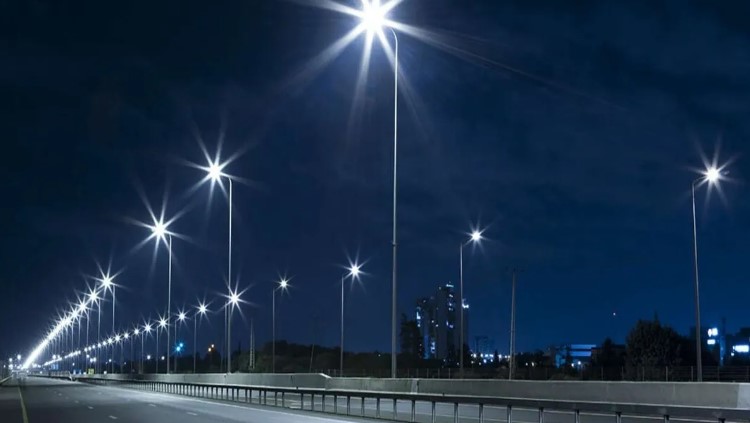Shedding Light on Street Light Control
Imagine strolling through your neighborhood at night, the comforting glow of streetlights guiding your way. Have you ever wondered how these lights turn on and off at just the right times? That’s where Street Light Control comes into play, managing the illumination of our streets with precision and efficiency.
What is Street Light Control?
Street light control refers to the technology and systems used to regulate the operation of streetlights. It involves managing when and how these lights turn on, adjust brightness levels, and conserve energy effectively.
The Evolution of Street Light Control
In the past, street lights relied on manual switches or timers, often leading to wasted energy and uneven illumination. However, with advancements in technology, modern street light control systems now utilize smart sensors, wireless communication, and data analytics to optimize performance.
Components of Street Light Control Systems
1. Sensors
Smart sensors detect ambient light levels, motion, and other environmental factors to determine when to activate or dim streetlights.
2. Controllers
These devices receive signals from sensors and central management systems, orchestrating the operation of individual or groups of streetlights.
3. Communication Networks
Wireless networks enable real-time communication between sensors, controllers, and monitoring stations, allowing for remote management and monitoring.
4. Central Management Systems
Centralized software platforms collect and analyze data from street light networks, optimizing performance, and identifying maintenance needs.
Benefits of Efficient Street Light Control
1. Energy Savings
By adjusting brightness levels based on real-time conditions, street light control systems can significantly reduce energy consumption and lower utility costs.
2. Enhanced Safety
Well-lit streets contribute to safer communities by reducing the risk of accidents, deterring crime, and improving visibility for pedestrians and motorists alike.
3. Environmental Impact
Reducing energy usage not only saves costs but also lowers carbon emissions and promotes sustainability, contributing to a greener planet.
Challenges and Solutions
1. Maintenance
Regular maintenance is essential to ensure the reliability and longevity of street light control systems. Proactive monitoring and predictive maintenance technologies help address potential issues before they escalate.
2. Compatibility
Integration with existing infrastructure and legacy systems can pose challenges. However, modular and scalable solutions allow for seamless integration and future expansion.
3. Data Security
As street light control systems become more connected, ensuring the security of data and communication networks is paramount. Encryption protocols and cybersecurity measures help safeguard sensitive information.
Conclusion: Lighting the Path Forward
Street light control plays a crucial role in creating safer, more sustainable communities. By harnessing the power of technology, we can illuminate our streets efficiently while reducing energy consumption and environmental impact.


